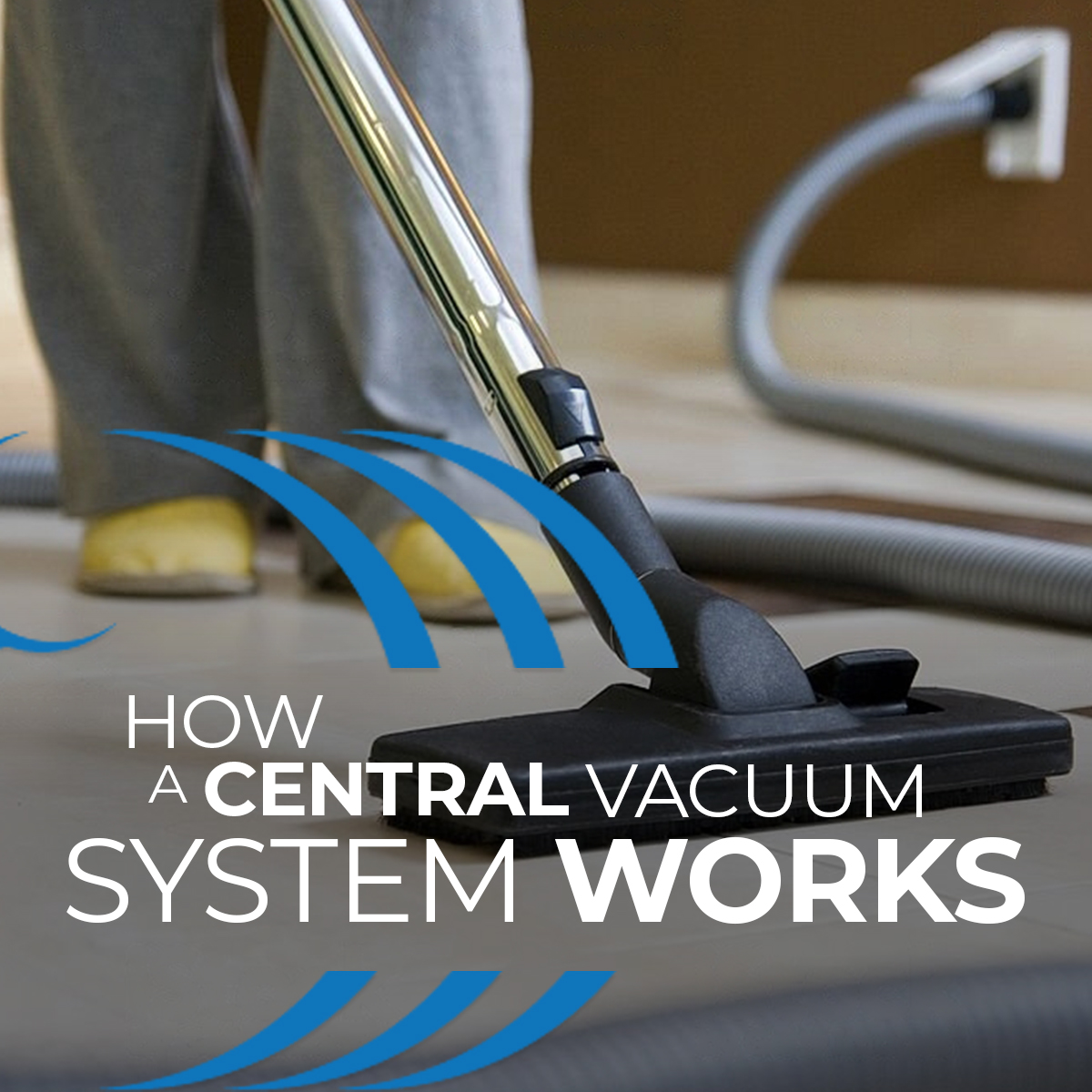
Boosting Productivity in Office Buildings with Central Vacuum
In today’s fast-paced work environment, maintaining a clean and organized office space is crucial for productivity. Office buildings often struggle with keeping their premises clean

A central vacuum system allows you to vacuum more conveniently and effectively than any other vacuum cleaner would. It can also offer you with a lot of advantages including a healthier home, better indoor air quality, time and money savings, and an increase in the value of your property.
Therefore, a central vacuum system is something that you should definitely consider whether you are just starting to build a new home or you are thinking about amazing upgrades that you make to your existing home.
Quite a few people are not familiar with central vacuum systems. So whether you’re unfamiliar with it or simply want to learn more about it, this article will explain how a central vacuum system works and how you can benefit from it.
A central vacuum system is a built-in vacuum cleaner that is installed throughout a house or a building.
A standard central vacuum is usually made up of four parts:
When cleaning a home, central vacuum systems do not require the user to pull or carry a heavy vacuum around all the time, since the power unit and pipes are installed in a permanent fixture. Due to their larger suction motor, they have greater suction power than any other vacuum. A central vacuum system is also highly durable, as it can last between 20 and 25 years.
In order for your central vacuum system to work, you must first have all of its components installed in your home, which include the inlet valves in the walls or floors, arrangement of pipes inside the walls, and power unit that is fixed in the wall of a garage or basement.
The best time to install a central vacuum is when a house is still being constructed, after the framework is built and before the drywall is put up. However, central vacuum systems can also be fitted in most existing homes, through proper planning or through the assistance of a professional central vacuum installer.
Once you get a central vacuum system installed throughout your home, your vacuum cleaning kit, which consists of a lengthy hose (usually 30 feet long) and a set of attachments (brushes, retractable wand, crevice tool etc.) is all you need to vacuum your entire home. Simply connect the hose to one of the vacuum inlets, and the power unit will turn on by itself.
After turning on the power unit, vacuumed particles and dirt are then suctioned by the power unit, travelling through the hose, pipes and then to the collection container that is attached to the bottom of the power unit or the collection bag that is inside of it.
To empty the power unit, you simply need to detach the collection container from it or change the vacuum bag. Collection containers can be emptied every three to six months, depending on how often you use your central vacuum. Collection bags are highly recommended to be changed when they reach 75% of their capacity, in order to maintain the suction of the motor.
A central vacuum system must have all of its parts installed in your house before you can use it.
One of the most crucial components of a central vacuum system is the rough-in for the vacuum system. This arrangement of pipes enables a central vacuum system to run effectively throughout a house.
It is easiest to complete the rough-in during the building of a home, after the structure has been constructed and before the drywall is installed.
The key to a smooth rough-in is careful planning and execution. Therefore, if you’re building a new house and want a central vacuum system, the time has come to speak with a central vacuum dealer and find out how to have it installed.
A DIY central vacuum system installation is a simple project that can be done in less than a day, whether it’s on a new construction or an existing home.
You can get a DIY kit from Homewave that contains all the system’s components, including the pipes, elbows and inlets. Be sure to prepare other tools that you will need in the installation as well.
However, if you feel like the installation is too difficult or complicated to do on your own, you can always ask help from professional technicians who can help you achieve a smooth and successful installation.
If you have a Standard Air Kit, plug the hose into one of the wall inlet valves. The metal ring on the hose’s cutoff will complete a low-voltage electrical circuit, which will then turn on a switch and the power unit of the system. It’s important to precisely align the hose with the wall inlet to avoid damaging the unit.
If you have a Deluxe Air Kit or a Deluxe Electric Kit, plug in the hose into one of the wall inlet valves and use the on/off button on the power unit to start the system.
To turn off the power unit if you have a Standard Air Kit, unplug the hose from the inlet. This will stop the suction of air and turn off the unit.
To turn off the power unit if you have a Deluxe Air Kit or Deluxe Electric Kit, you can also use the on/off button on the power unit to stop the system.

In today’s fast-paced work environment, maintaining a clean and organized office space is crucial for productivity. Office buildings often struggle with keeping their premises clean

Central vacuums in animal shelters & vet clinic: Explore how these systems boost hygiene, efficiency, and air quality.

In the world of home entertainment, a home theater is a luxury that many homeowners dream of. It’s an immersive experience that brings the magic

A central vacuum system is a significant investment that promises convenience, powerful suction, and improved indoor air quality. However, choosing the right central vacuum hose
Our home automation products are at the forefront of technology, offering a blend of convenience, security, and efficiency. As a Homewave dealer, you’ll be part of a network transforming homes into smart, futuristic spaces.
Embark on this rewarding journey with us and leverage the power of innovative technology.
Please fill out this form and become a Homewave Dealer.